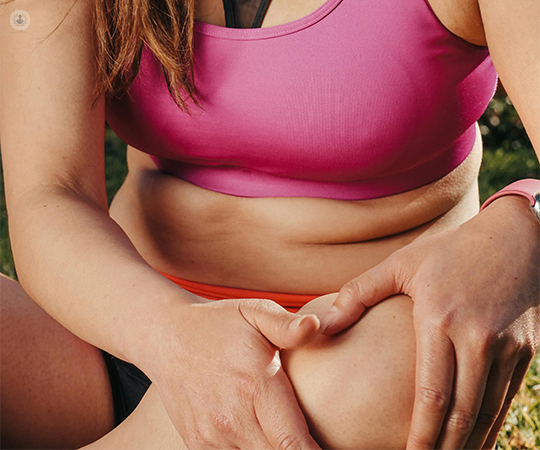ACL injuries: a guide
Autore:An ACL injury is one of the most common sports injuries. In this article, a celebrated knee expert and orthopaedic surgeon explains the kinds of ACL injuries and how they can occur.

What is an ACL injury?
The ACL (short for anterior cruciate ligament) is a major ligament in the knee that anchors down the thigh bone (the femur) and prevents it from sliding over the shin bone (tibia). The ACL also provides stability to the knee when rotating and turning.
There are three kinds of ACL injuries, comprising a range of severity:
- An ACL sprain, where the ACL is damaged from overstretching or torsion, but is structurally whole and the knee is still stable.
- Partial ACL tear, where the ACL has stretched enough to become loose and destabilises the knee.
- Complete ACL tear, where the ACL has torn in half or is unattached from the bone, completely destabilising the knee.
ACL injuries can occur due to irregular movement like a rapid change of direction or a sudden stop, and high-impact activities like football and basketball. In the moment of injury, a patient may hear a popping or tearing noise, and may collapse or find themselves unable to stand. Other symptoms that will soon follow include pain, swelling, and immobility of the knee.
How are ACL injuries diagnosed?
Injuries of the ACL are diagnosed and assessed with a medical examination and imaging scans such as an X-ray or MRI to get a visual of the extent of damage. This will also help to inform the best course of treatment for the patient.
How are ACL injuries treated?
Some cases, like a mild sprain, may not necessitate surgical intervention. In these cases, the patient, typically elderly or those who do not engage in a lot of physical activity and sports, will be recommended to rest their knee, keep it iced, and support it with a brace. These patients will be advised to complete a physical rehabilitation course to strengthen the surrounding muscles as they recover. However, the ACL cannot heal on its own, as ligaments have no blood supply. This means whilst conservative treatments are a way to manage an ACL injury, the ACL will still be delicate and susceptible to further damage.
Therefore, ACL surgery is the definitive method to treat and completely heal an ACL injury, and is preferable for those with active lifestyles, especially athletes who wish to return to their sport.
It is generally performed as an arthroscopic procedure, which is a minimally invasive technique that utilises small incisions around the knee through which the surgical tools including the arthroscope, a tool with a light and camera at the end, is inserted. The damaged ACL is removed and replaced with a graft. A graft can be sourced from the patient’s body, either a patellar tendon or a hamstring, or donated from someone else. The graft is inserted through a drilled hole made in the tibia and femur, and secured using screws or other techniques.
ACL surgery can be performed as an outpatient procedure, so most patients can go home within the day provided they have assistance as they will not be able to drive or walk immediately after the surgery. The day after, however, they can start with little movements and stretches, and they will eventually have to undergo physical therapy to restore full strength and range of motion.
How can an ACL injury be prevented?
To avoid getting an ACL injury, it is recommended to practice proper form when stretching and engaging in sports, and strengthen both the core and leg muscles to take strain off the knee and build balance.


